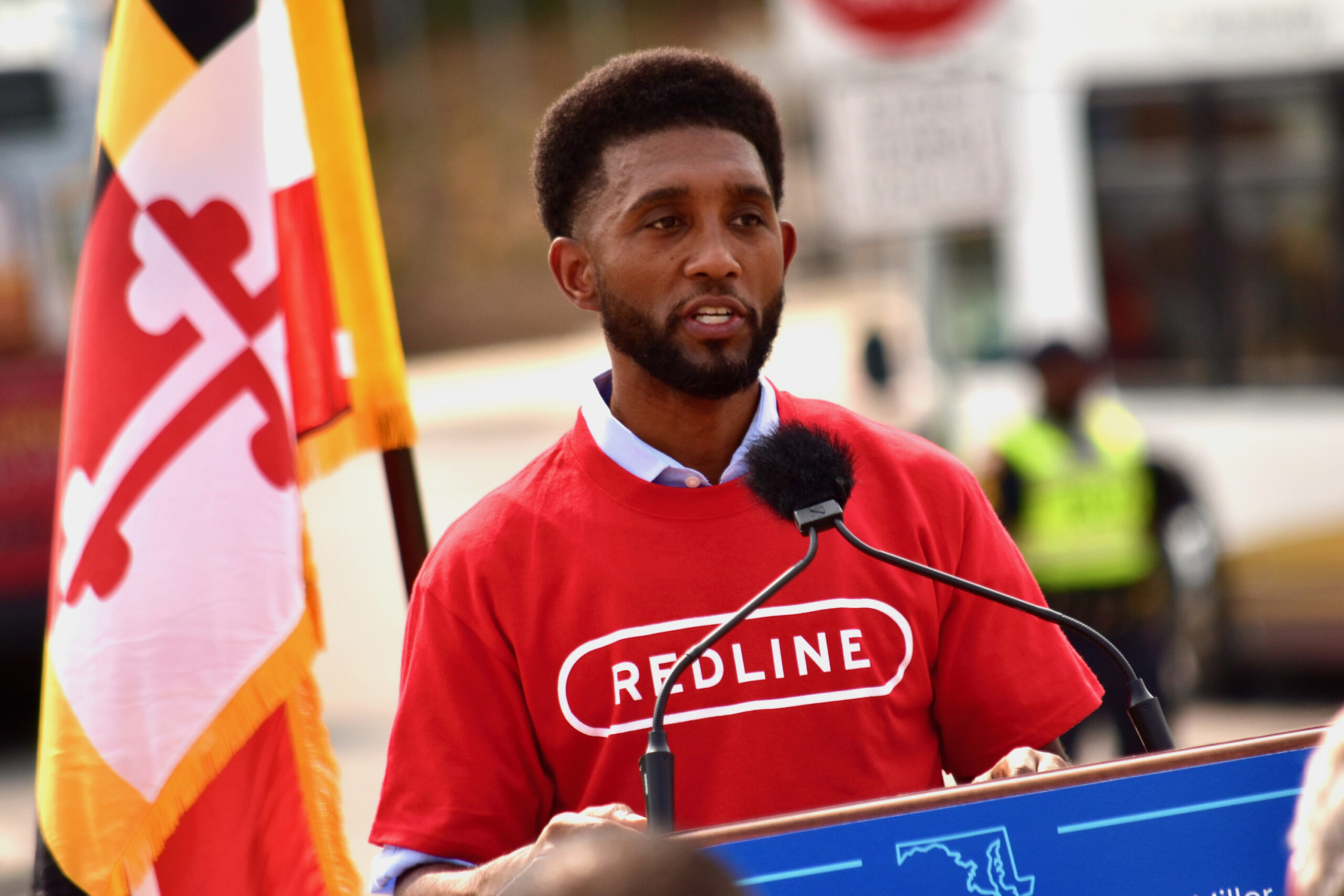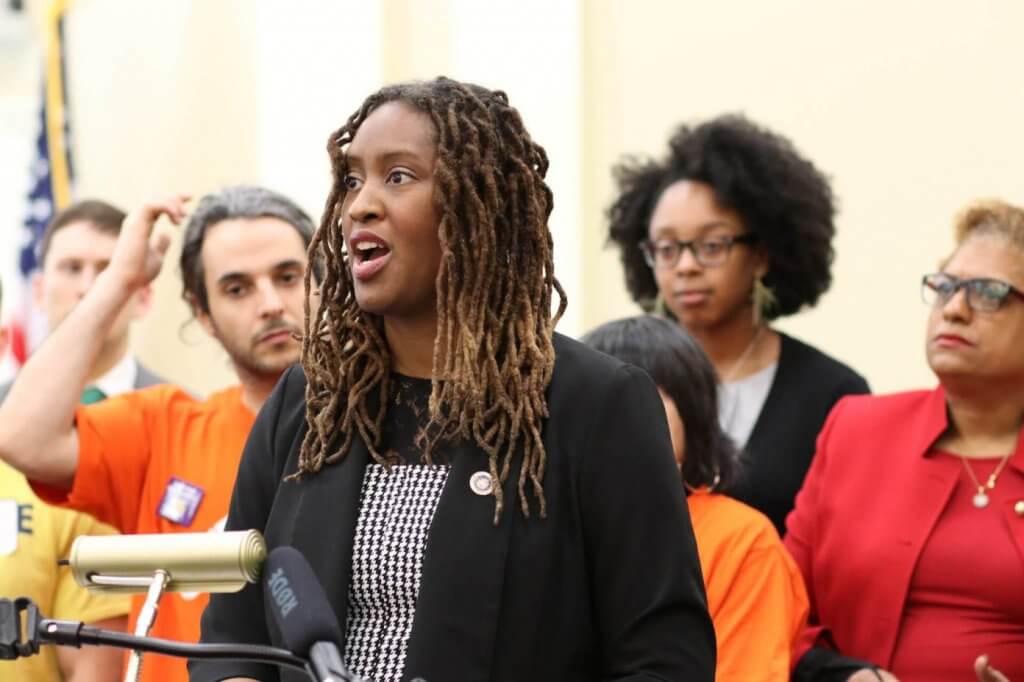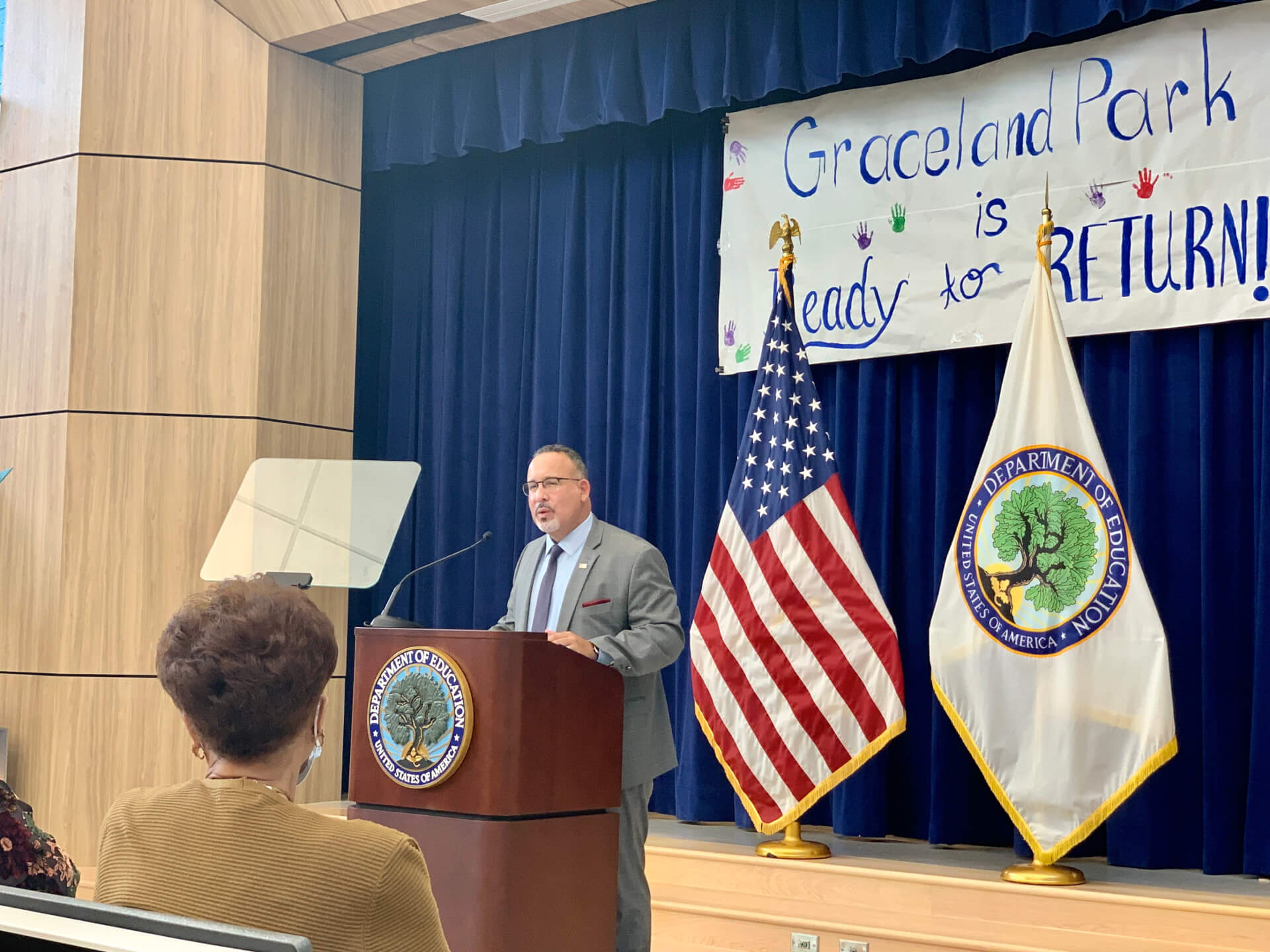Baltimore City Public Schools are failing their 80,000 students at an exorbitantly-high cost. State and local taxpayers spend nearly $16,000 per pupil on education, placing Baltimore in the top five nationally for highest-spending school systems. Yet Fox Baltimore reports, “Since 2018, … graduation rates have dropped to 70%; and the college enrollment rate is down 13 points to 57%.”
It’s not hard to see why success is so elusive when a student with a 0.13 GPA at the Augusta Fells Savage Institute of Visual Arts in West Baltimore graduated near the top of his class. Even if a handful of poorly performing schools are audited and penalized for these critical issues, the status quo of taxpayer waste and poor systemwide results is unlikely to change absent significant reforms.
Baltimore City’s children deserve better than to be forced to continue a failed school system.
It’s hard to reconcile Baltimore City’s astronomical education spending figures with its school system’s lackluster results. Sure, it generally costs more to provide security for city schools and infrastructure costs are usually higher in more densely populated areas. But that doesn’t explain why Baltimore spends more than cities such as Detroit, Chicago, Milwaukee and Houston, all of which presumably have similar cost drivers.
The truth is that Baltimore’s high costs stem from epic mismanagement and runaway administrative costs.
Even the simple task of replacing a school’s roof takes three contractors and more than $1 million to repair the work improperly done by the first two contractors. Millions of dollars in boiler repairs and door and window upgrades are green-lit and paid for, but ultimately not accomplished. Meanwhile, HVAC equipment goes without being inspected or serviced for years, jeopardizing the comfort and safety of students and leading to higher costs down the road.
And too often, the school system’s failures are downright criminal. The Baltimore Brew reports that “between 2004 and 2008, 11 city school maintenance and facilities employees, including the head of facilities management, were criminally convicted in a corruption scheme that had operated since at least 1991.”
For all these problems, policymakers have few answers — other than to throw more money at a broken system. Fortunately, some principals at relatively successful Baltimore City schools have found reforms that seem to work. Commodore John Rodgers Elementary/Middle School Principal Marc Martin champions greater flexibility in allowing principals to hire and fire the staff they see fit. In addition, Martin advocates for successful principals to mentor less experienced principals instead of hiring pricey turnaround consultants. Tying taxpayer dollars to innovative school governance would shake up the broken status quo and offer struggling Baltimore students a chance to succeed.
In addition, policymakers should explore the possibility of funding students instead of broken systems. With education tax credit dollars, Baltimore parents and students can have access to the resources that only well-off families can afford.
Deep-dive, one-on-one tutoring works for many students, but it is an expensive solution and one out of reach for many low-income students. Educational software such as Rosetta Stone can be more effective than years of traditional foreign language instruction, but this online learning is also very costly. Parents can opt to send their kids to a better school out of county, but it will cost them thousands of dollars on top of their property taxes. Ditto, of course, with private schools.
Unfortunately, policymakers seem intent on rejecting flexibility and doubling down on the status quo. Maryland lawmakers recently overrode Gov. Larry Hogan’s veto of the Kirwan plan, a massive education bill meant to fix the education issues in Maryland. With a price tag of $32 billion over 10 years, the Kirwan plan offers little in the way of reform and scarcely addresses virtual learning despite the newfound importance of Zoom in the classroom.
Ultimately, there’s no one solution to fix Baltimore’s failed school system and increase opportunities for Charm City’s 80,000 students. Redirecting funding toward pro-reform administrators and introducing tax credits are just two ways to give students a chance to succeed.
In addition, state and local officials will need to commit to more persistent auditing of school contracts and programs. The time for change is now, and the stakes could not be higher.
— ROSS MARCHAND
The writer is a senior fellow for the Taxpayers Protection Alliance.





 Creative Commons Attribution
Creative Commons Attribution